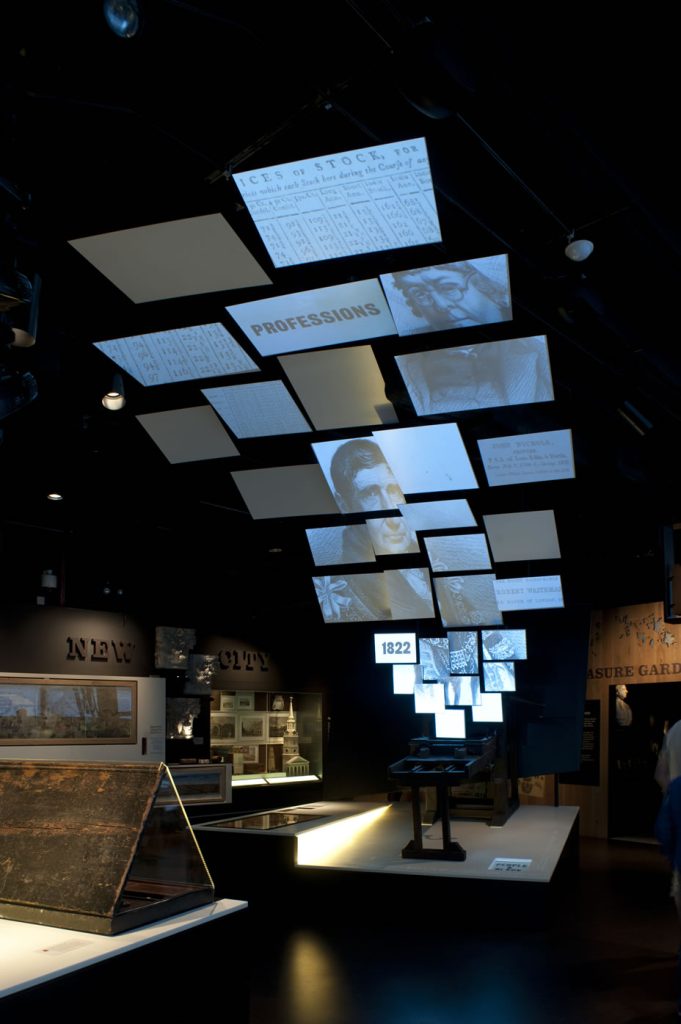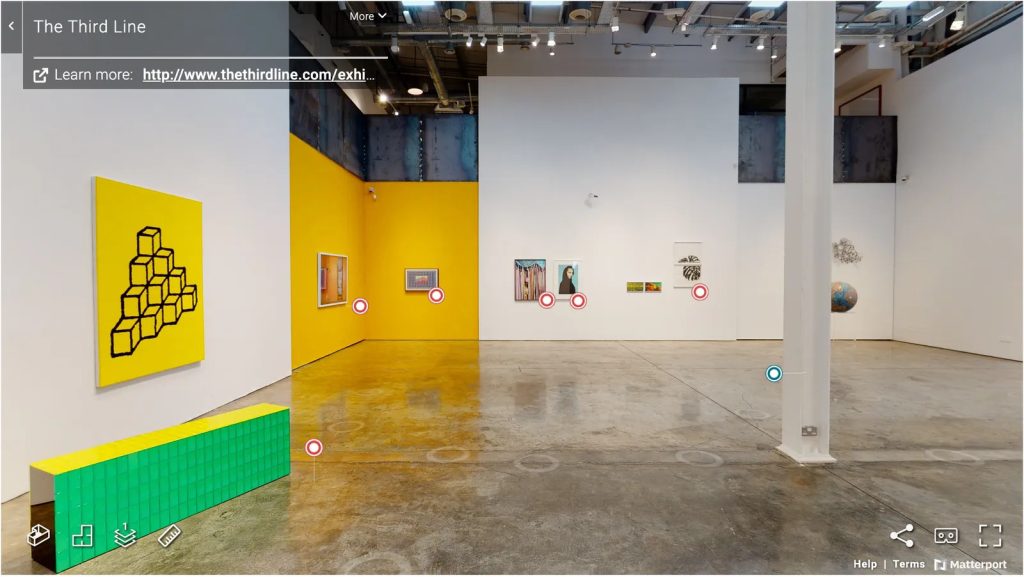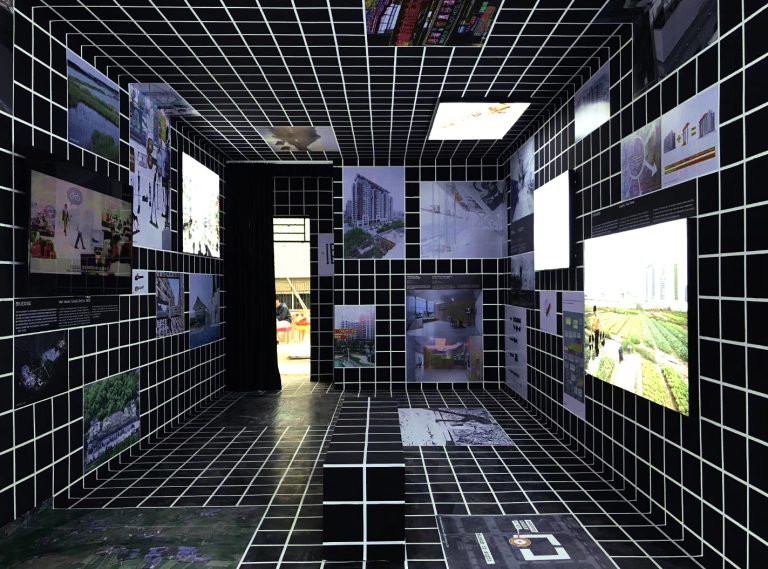The Rise of Digital Art Platforms
The transition from traditional galleries to online spaces signifies a pivotal shift in how art is accessed, created, and shared. This evolution has democratized art distribution, allowing artists to reach global audiences. The digitalization of the galleries and the emergence of various online art platforms has entirely transformed the art industry, allowing more artists to bypass traditional gatekeepers and directly engage with their audience. Digital art goes beyond boundaries, delivering messages of any form across countries and regions, enabling people to express themselves freely.
Platforms like Behance, DeviantArt, and social media have emerged as spaces for artists to showcase their work, offering unique tools and communities to support artistic growth and visibility. Technological advancements have expanded the reach of art, making it accessible to a broader audience and allowing for real-time feedback and interaction between artists and viewers.
Self-Curation: Empowering Artists and Audiences
Self-curation is vital for digital art. It empowers artists to control their narrative and presentation, fostering a more personal connection with their audience. The move towards self-curation reflects a growing desire among artists to maintain autonomy over their work and to present it in a manner that truly reflects their vision.
Digital platforms offer a range of tools and features, from customizable profiles to interactive galleries, enabling artists to curate their portfolios and exhibitions creatively and effectively. In addition, user-generated content and community engagement play crucial roles in the self-curation process, allowing artists to interact with their audience and gain insights into their preferences and feedback.

Courtesy of MUSEUM OF LONDON
![Evolution of Self-Curation in Digital Art Platforms 2 teamLab, Impermanent Life, 2017, single-channel digital work, 10 minutes, Continuous Loop 74-5/8" × 42" (189.5 cm × 106.7 cm), [1] 86" monitor, Edition of 10 + 2 APs © teamLab](https://hubemag.com/wp-content/uploads/2024/02/hube_TEAMLAB_v01-HighResolution300dpi.width-1440-576x1024.jpg)
Impermanent Life single-channel digital work, 2017
Courtesy of TEAMLAB and PACE GALLERY
Innovations in Art Presentation and Interaction
Digital platforms are introducing new ways for art to be presented and experienced, enhancing viewer engagement and immersion. Interactive and immersive art pieces engage viewers in novel ways, transforming passive observation into active participation. Virtual and augmented reality technologies offer new dimensions to art viewing, allowing audiences to experience art in fully immersive environments. Live streaming enables artists to share their creative process in real-time, fostering a deeper connection with their audience and allowing immediate interaction and feedback.
The Role of Algorithms and AI in Art Curation
Algorithms and artificial intelligence increasingly influence how art is curated and discovered online, raising questions about diversity and authenticity. Algorithms curate personalized art recommendations, helping users find new artists and works aligned with their interests, though this personalization can sometimes limit exposure to a broader range of art.
AI-generated art and using AI in curatorial practices present new challenges and opportunities, blurring the lines between human and machine creativity. Concerns about algorithmic bias highlight the need for platforms to ensure diverse and inclusive curation, preventing the marginalization of particular artists or styles. However, currently, AI is being used by many artists as an additional tool to facilitate
Challenges and Ethical Considerations
While digital platforms offer numerous benefits for artists, they also present challenges related to copyright, monetization, and data privacy. Navigating copyright in the digital realm is complex, with artists needing to protect their intellectual property while sharing their work online. Monetizing digital art remains challenging, with artists exploring various models to earn revenue while ensuring fair compensation. Concerns about data privacy and user control on digital platforms highlight the need for transparent policies and practices that protect artists and their work.
The Future of Self-Curation in Digital Art
The future of self-curation in digital art looks promising, with emerging trends and technologies poised to revolutionize further how art is created, shared, and experienced. Emerging trends and technologies, from blockchain for art provenance to AI in creative processes, are set to influence the future of digital art platforms. Digital platforms will continue to expand accessibility, allowing artists from diverse backgrounds and locations to share their work with a global audience. The evolution of self-curation in digital art platforms is shaping the future of artistic expression, empowering artists to curate their careers and redefine the art world’s landscape.

Image courtesy of THE THIRD LINE

